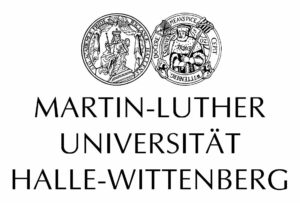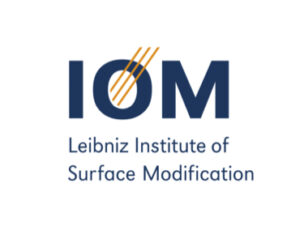Sebastiani
We addressed the structural and dynamical details of the mechanism of initial (primary) nucleation phenomena of medium-sized intrinsically disordered peptides by means of atomistic molecular dynamics simulations in combination with calculations of spectroscopic parameters. Specifically, we investigated two variants of polyglutamine, a hybrid polylysine-polyethylene system, and Amyloid-beta, which are all able to form fibrillar structures.
Our focus was also the conformational space of individual solvated molecules (in the case of polyglutamine) and protofibrils (for Amyloid-beta), we shifted to the initial growth process, i.e. the formation of dimers of all considered systems. Special attention was paid to the influence and relevance of external constraints in the form of intermolecular interactions from salt ions. Besides their direct electrostatic potential, we were able to modify the structure and dynamics of the aqueous hydrogen bonding network around the peptides. Both effects were in competition with the intramolecular interactions that governed the peptide conformational space. The understanding of the effect of such environmental constraints on the aggregation process provided a complementary tool to elucidate the transient elementary steps during initial nucleation of amyloidogeneous systems.
Highlighted Publications:
- S. Pylaeva, M. Brehm, and D. Sebastiani, Salt Bridge in Aqueous Solution: Strong Structural Motifs but Weak Enthalpic Effect. Sci. Rep. 8, 13626 (2018)
- S. Pylaeva, A. Böker, H. Elgabarty, W. Paul, and D. Sebastiani, The Conformational Ensemble of Polyglutamine-14 Chains: Specific Influences of Solubility Tail and Chromophores ChemPhysChem 421, 466 (2018)
- F. Hoffmann, J. Adler, B. Chandra, K. R. Mote, G. Bekcioglu-Neff, D. Sebastiani, and D. Huster, Perturbation of the F19-L34 Contact in Amyloid β (1-40) Fibrils Induces Only LocalStructural Changes but Abolishes Cytotoxicity. J. Phys. Chem. Lett. 8, 4740-4745 (2017)
Other publications of this group:Thomas Kunze, Christian Dreßler, Daniel Sebastiani,Secondary Structure Formation in Hybrid Synthetic/Peptide Polymers: Insights from Molecular Dynamics SimulationsMacromol. Theory Simul. 32, ...
Read MoreSascha Jähnigen, Daniel Sebastiani and Rodolphe Vuilleumier,The important role of non-covalent interactions for the vibrational circular dichroism of lactic acid ...
Read More






